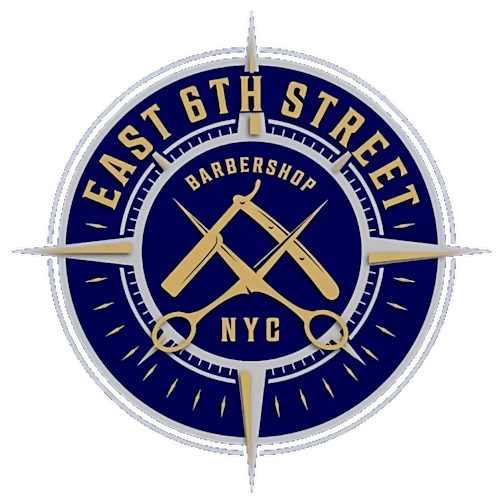Refining the Art of Effectively Communicating Your Desired Hairstyle to Your Stylist So You Get The HairStyle You Really Want
When visiting a hairstylist, having the ability to accurately describe your ideal hairstyle is vital for reaching the desired appearance. A thorough description helps the stylist interpret your vision and reduces the chances of misunderstanding. To make sure that you get the haircut you want, it is important to prepare in advance and think about several critical factors when articulating your style goals. These factors comprise hair length, texture, design, and any specific features that you would like to incorporate.
First, consider the length of your hair. Haircuts can range from very short styles like pixies to long layers that fall below the shoulders. It is helpful to specify whether you want a trim, a significant cut, or a complete transformation. Using precise terms such as "shoulder-length" or "mid-back" can provide clarity. Additionally, discussing the possibility of bangs or layers helps the stylist visualize your request more accurately. Being clear about how much length you wish to maintain or remove will significantly influence the outcome of your haircut.
Secondly, tress texture plays a key function in determining how a style will appear. Different textures—such as sleek, wavy, curly, or kinky—react differently to specific styles. When explaining your preferred haircut, it is essential to note your tresses’ natural structure and whether you intend to use any hair tools or formulations. For example, if you have thick strands, you may want to request for thinning techniques to minimize bulkiness. Conversely, if your hair is thin, you might seek layers that add volume. This detail enables the stylist to tailor the cut based on how your hair responds.

In conjunction to hair length and structure, sharing the general look you want can provide guidance for the stylist. There are a variety of haircuts to choose from, including classic cuts like blunt cuts and contemporary options like asymmetrical styles. It is helpful to share references of hairstyles that appeal to you—these could be photos from click here now print media or online portfolios. Highlighting distinct features such as blended lines, defined outlines, or graduated layers can help expressing your idea more effectively. This ensures that both you and your hair expert are on the same understanding regarding desired outcome.
Finally, don't forget to mention any distinctive traits that might enhance your haircut. This could involve factors such as face shape or personal style preferences that affect the final appearance. For instance, those with round faces might prefer gentle contours to lengthen their appearance, while individuals with angular face shapes may choose softer layers to diminish their jaw structure. Furthermore, discussing shade preferences can also be part of this consultation; specifying if you want highlights or a single shade can further define your ideal haircut.
To summarize, effectively communicating your desired style natural hairstyles involves careful evaluation of several important elements: length, texture, look, and unique features. By planning in ahead of time and being specific about these elements, clients can significantly enhance their visit at the salon and boost the chances of walking out with a haircut they love. A successful discussion with a stylist is built on open dialogue and mutual understanding. This collaborative approach guarantees that both client and technician work together towards achieving the desired outcome.